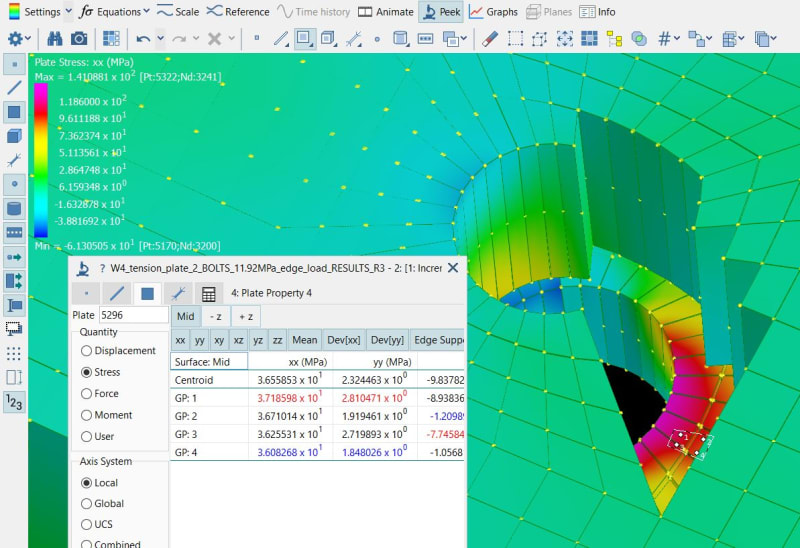Hello,
I have read a number of posts regarding this error, noe of which have helped me to ge this to run. Mine is a simply supported beam in three point bending, though the cross section conssits of three SHS stacked with plates top and bottom (a double web i-beam of sorts). Is anybody able to take a look and give me some advice as to how i can get it running?
Thanks
Gavin
I have read a number of posts regarding this error, noe of which have helped me to ge this to run. Mine is a simply supported beam in three point bending, though the cross section conssits of three SHS stacked with plates top and bottom (a double web i-beam of sorts). Is anybody able to take a look and give me some advice as to how i can get it running?
Thanks
Gavin

